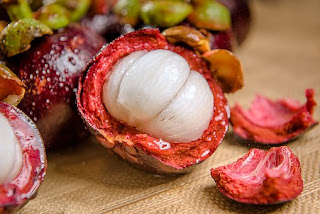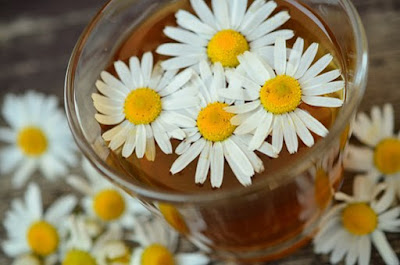Scientific name: Amorphophallus konjac
Other names: konjak, konnyaku, konjaku, devil's tongue, snake palm, elephant-foot yam, voodoo lily, konnyaku (yam cake)
Description:
Konjac is an underground tuber (that looks like a horseshoe) from a perennial plant that has an elongated central corm and purple bipinnate leaves with numerous leaflets. It abundantly grows in the cold mountains of Japan and China and is processed into flour and used in East Asian cuisine. The gel form is transparent, odorless and used in Western foods as a vegan substitute for gelatin. the konjac glucomannan (KGM)is white and deliciously made into various types of foods like konjac noodles, konjac cakes and also used as a food additive and dietary supplement.
Health Benefits:
Konjac foods are alkaline food that has various dietary uses and health benefits.
It contains essential amino acids, carbohydrate, fatty acids, folic acid, dietary fiber. as well as vitamins (vitamin A, vitamin E, vitamin D, vitamin B1, vitamin B2, vitamin B6, vitamin B12, vitamin C, pantothenate, niacin) and minerals (sodium, potassium, magnesium, iron, phosphorus, copper, zinc, selenium and calcium).
Medicinal Properties, Uses and Indication:
Anti-diabetes:
Konjac fiber has been medically proven to lower the blood sugar level and treating diabetes by increasing blood insulin and reducing the burden of islets. Because of its molecular weight and high viscosity, konjac fiber can delay the absorption of glucose and effectively reduce postprandial blood glucose.
For diabetic patients:
In a 200ml water, add 5 grams of konjac flour and stir. Drink 15-20 minutes before meals 3 to 4 times a day.
Promotes Weight Loss / Improves carbohydrate metabolism:
Konjac foods promotes satiety and makes you feel full because glucomannan absorbs water and will increase up to 200 times of its original volume. Konjac also has almost no calories, is very high in fiber and is a component of weight loss supplements.
For weight loss:
In 250 ml warm water, mix 3-5 grams of konjac powder and drink it 15 minutes before meals. Drink it 2 to 3 times per day.
Prevent arteriosclerosis and other cardiovascular diseases
Reducing LDL cholesterol/Lowers plasma cholesterol
Reducing Irritable Bowel Syndrome
Regulates bowel movement
Regulating the gastrointestinal tract/Bile/Good for the liver
Detoxification
Glucomannan which is the main active ingredient in konjac food does not remain in the stomach is effective in inhibiting the intestinal absorption of cholesterol and bile acid. It also prevent food from interfering with digestive enzymes. Konjac fibers also promote intestinal peristalsis, cleans the stomach and removes toxins.
The glucomannan fiber also acts as a prebiotic in the intestine for Lactobacillus bifidus growth.
For Detoxification:
In 200 ml water, add 5 grams of konjac powder, stir. Drink 1 to 2 times.
Konjac also helps in healing Cancer and is a good diet during cancer recovery and is good to use in raw foods diet.



























